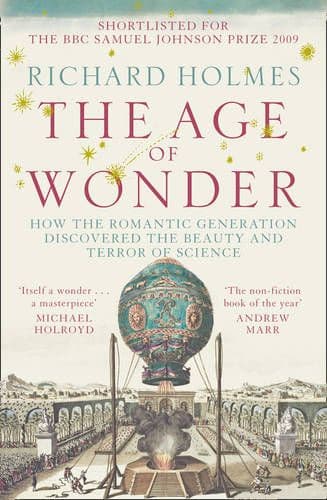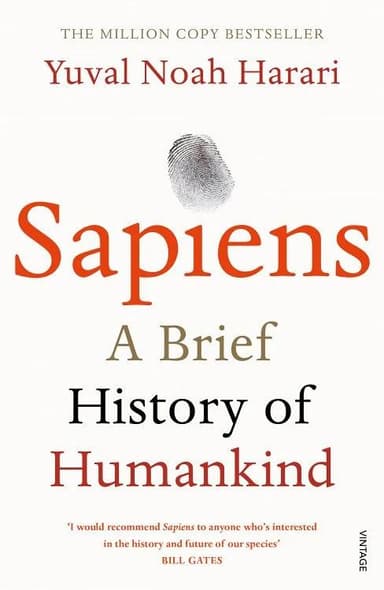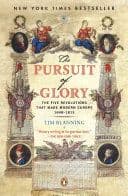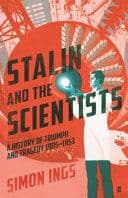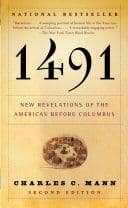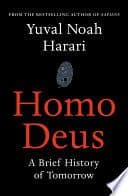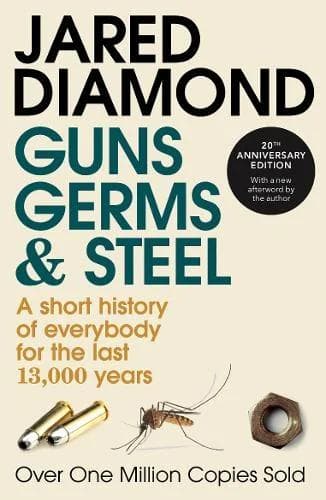
Guns, Germs, and Steel:
The Fates of Human Societies
** Winner of the Pulitzer Prize **
DIFFICULTY
intermediate
PAGES
592
READ TIME
≈ 650 mins
DIFFICULTY
intermediate
PAGES
592
READ TIME
≈ 650 mins
About Guns, Germs, and Steel
Jared Diamond explores whether history’s winners owed more to geography than to innate brilliance. He traces how a lucky haul of domesticable species in Eurasia kick-started farming, dense populations - as well as the germs, writing, and metallurgy that follow.
Because Eurasia runs east–west, crops and animals travelled across similar climates; whereas in the Americas and Africa, north–south barriers slowed that diffusion. Through contrasts from Polynesian islands to New Guinea and the Americas, he shows how environment set early starting lines, then path dependence and feedback loops did the rest—turning immunity into a weapon, surplus into bureaucracy, and steel into empire.
You may not agree with every leap, but the frame is testable and bracingly anti-racial. This work reframes inequality without moralising, and helps you think more clearly about power, development, and chance in human affairs.
What You'll Learn
- How geography and ecology shape societal trajectories
- Why domesticable plants and animals mattered for early agriculture
- How population density and germs influenced conquest and collapse
- The role of diffusion and continental axes in spreading innovations
- Feedback loops between surplus, states, and technology
- A framework to critique racial or cultural explanations of inequality
Key Takeaways
- Geography, not genes, drives history
- Domesticates fueled surplus and states
- East–west axis accelerated diffusion
- Germs shaped conquest outcomes
- Tech and institutions co-evolve
More in history
